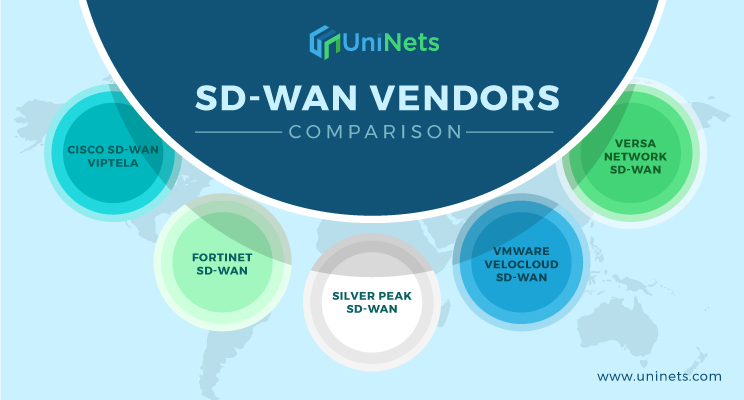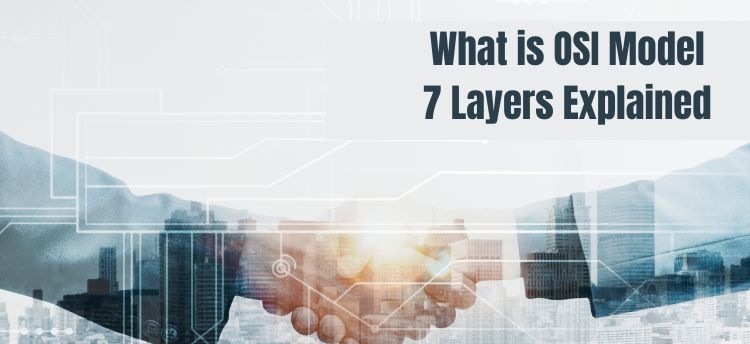
Today in this bog we will discuss about different layers of OSI model. This is the most important part of networking you will learn today. So, let us first start with what is OSI model?
Definition of OSI model
OSI Model or open System Interconnection Model is defined or used to understand how data is transferred from one computer to another in a computer network. Communications between a computing device are divided into seven distinct abstraction layers in the OSI reference model: physical , data link, network , transport, session, presentation, and application.
In the most basic form two computers connected to each other through a LAN Cable and connectors sharing data with the help of Network interface card (NIC) forms a network but if one computer but one computer has Microsoft window and other has MAC OSI stored. How will these two commute with each other?
In order to make successful communication between computers or networks or different architectures 7 system or OSI model was introduce by International organization for standardization in 1984.
The seven layers of OSI model are given below:
1 .Application Layer
2. Presentation Layer
3. Session Layer
4. Network Layer
5. Transport Layer
6. Data Link Layer
7. Physical Layer
Note: Each layer is a package of protocol. These layers do not include applications if taken example of application layer rather it consist of protocols which are needed to make these applications like Chrome, Firefox etc.
OSI Model description
The OSI model is mainly divided into two layers: upper layers and lower layers.
Let’s briefly discuss about each layer of OSI Model.
Application Layer: Application layer is used by network application. Network application means applications that use internet like Google chrome, firefox, Outlook, Skypee etc. Web browser is a network application running in your PC, it does not reside in application layer but it uses application layer protocols like HTTP or HTTPs to do web surfing not only in web browser but in other application too such as outlook and Skypee all are depended on application layer protocols to functions. There are dozens of protocols for application layers that allow different functions. All these protocols form various form basic for various network like for file transfer FTP is used, for web surfing HTTP is used, for emails SMTP is used etc.
Presentation Layer: Now coming to Presentation layer, it receives data from application layer. This data is in the form of character and numbers. Presentation layer convert these numbers and characters into machine language or binary digits.
For example conversion of ASCII into EBCDIC code.
This function of conversion is called translation. Before data is transmitted presentation layer reduces number of bits that are used to represent the original data, this bit reduction process is called data compression.
This can be lossy or lossless.
Data compression is used to reduce the space used to store the original file so that the reduced file can reach the destination in very less time. To maintain the intrigity of data before transcription the data is encrypted. So, protocol SSL (secure sockets layer) is used for encryption and decryption. Therefore, presentation layer perform three function i.e. translation, compression and encryption.
Session Layer: Session layer is used to establish, manage and terminate the sessions like we hike workers for our party it also have it own helpers like APIs or application programming interfaces. NETBIOS or network basic input output system is an example of APIs which allow application on different computers to communicate with each other. Just before a session a connection is setup with server, server performs a function called authentication. Where Authentication is a process of identifying who you are? Every connection uses a user name and password after identifying who you are? the connection is connected with the server. After authentication process authorization process is done. It is process used by server to determine if the user has permission to access the file.
Network Layer: Network layer itself implies that this layer is responsible in moving the packets from source to the destination. Logical addressing, routing and route determination are features of the network layer.
Transport Layer: It provides reliable message delivery from process to process. It is done mainly by three processes which are segmentation, Flow Control and Error Control. In segmentation the data received from session layer is divided into small data unit which is called segments. Each segment contains a destination port number and a sequence number. Port number guides the correct application to each segment. Sequence number helps to reassembles the segments in the correct order to form correct message at the receiver.
In flow control transport layer controls the amount of data being transmitted. Finally in error control, if the data is not transmitted to the designation. The transport layer uses automatic repeat request schemes to retransmit the transmitted data.
Data Link Layer: The data link layer receives data packets from network layer. Data packets contain IP addresses of sender and receivers. There are two kinds of addressing I.e. Logical addressing and Physical addressing. Logical addressing is done at network layer where IP addresses are assigned to each segments to form a data packet.
However, physical addressing is done at data link layer MAC addresses of sender and receivers are assigned to each data packet to form frame.
Physical Layer: When all the packets are transported, given IP or Mac addresses and framed by data linked layer which is the sequence of binary 0 and 1. Physical layer convert these binary digits into signals and transmit over local media.
Comments (0)
Categories
Popular posts

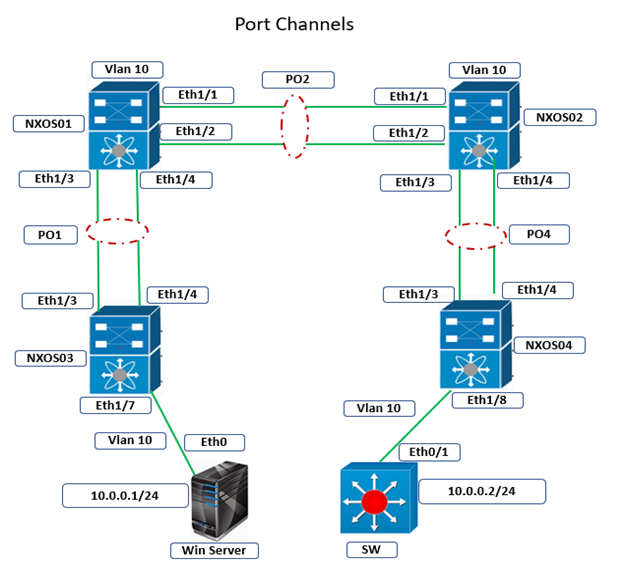
Cisco Nexus Port Channel: Configuring ...
24 Apr 2024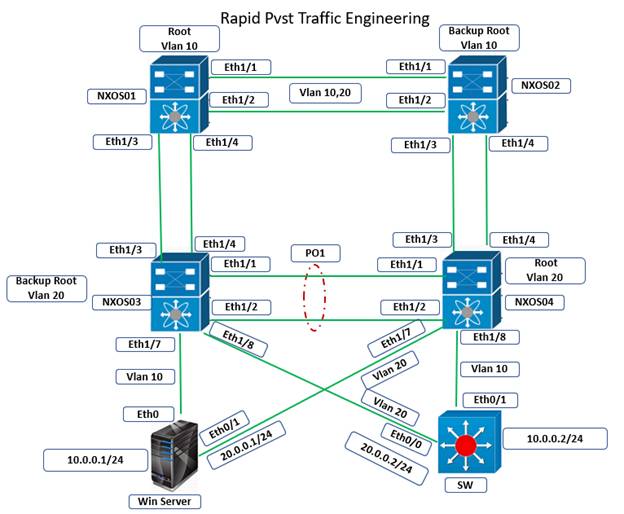
Configure Rapid PVST on Cisco Nexus
5 Apr 2024
Palo Alto Exam Cost: PCNSA, PCNSE & More
28 Mar 2024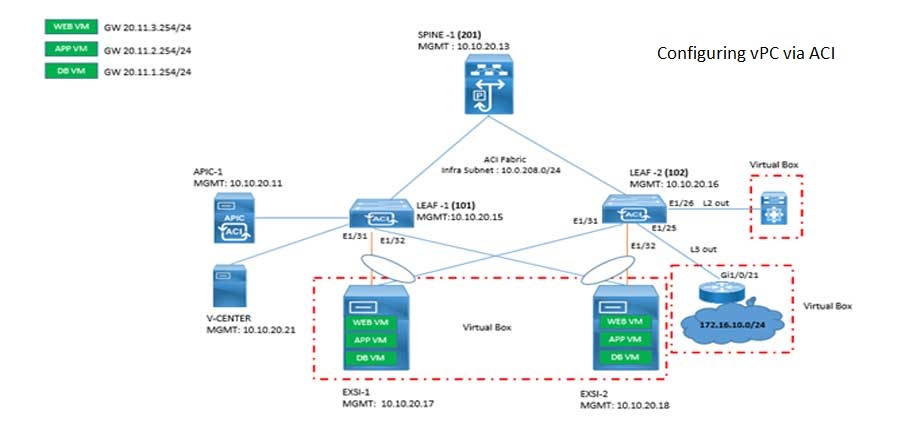
Cisco ACI VPC Configuration Task Steps
6 Jan 2024Recent posts

Cisco Nexus Port Channel: Configuring ...
24 Apr 2024
CCNA Course Syllabus: Topics Explained
24 Apr 2024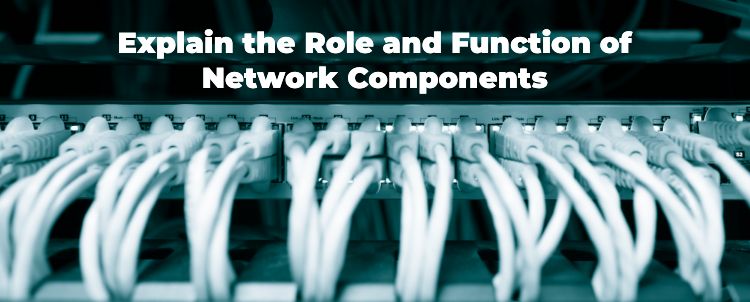
Network Hardware Devices: Explained
24 Apr 2024
AWS Certification Path: Amazon Cloud
23 Apr 2024